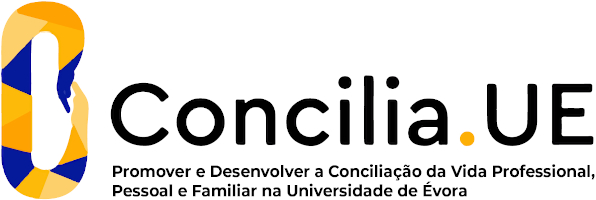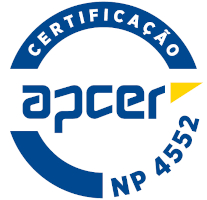2024
Travel Notebooks
Name: Travel Notebooks
Code: ARQ02548I
3 ECTS
Duration: 15 weeks/78 hours
Scientific Area:
Architecture
Teaching languages: Portuguese, English
Languages of tutoring support: Portuguese, English
Regime de Frequência: Presencial
Sustainable Development Goals
Learning Goals
1. Contextualize architectonic knowledge produced through travelling.
2. Develop ability to structure a study visit, in order to set up as a useful tool for practice and to architectonic critical thought.
3. Develop ability to plan, execute, register, synthesize in a document and report the results of a study visit.
2. Develop ability to structure a study visit, in order to set up as a useful tool for practice and to architectonic critical thought.
3. Develop ability to plan, execute, register, synthesize in a document and report the results of a study visit.
Contents
1. The relevance of architectonic knowledge produced through travelling.
The relevance of travelling in education as an architectonic subject is recognized and widely documented. Reports which belong to history of architecture that, in a way, set up a story - the one of architecture travelling. The dimension of experience acts on the perception of space.
2.Brief history of travelling in architecture.
The space of this story is inscribed in an extent spatiotemporal ranging from the imaginary autobiography about life and death of Roman Emperor Adrian, by Yourcenar, to road-book Learning from Las Vegas, by Venturi and Scott Brown, passing, by the way, by famous and initiatory travelling written and designed by hand: the Japan by Taut; the Orient, Germany and Italy by Corbusier; Italy by Kahn; America by Távora; Greece by Giancarlo de Carlo; the cities of Siza.
The relevance of travelling in education as an architectonic subject is recognized and widely documented. Reports which belong to history of architecture that, in a way, set up a story - the one of architecture travelling. The dimension of experience acts on the perception of space.
2.Brief history of travelling in architecture.
The space of this story is inscribed in an extent spatiotemporal ranging from the imaginary autobiography about life and death of Roman Emperor Adrian, by Yourcenar, to road-book Learning from Las Vegas, by Venturi and Scott Brown, passing, by the way, by famous and initiatory travelling written and designed by hand: the Japan by Taut; the Orient, Germany and Italy by Corbusier; Italy by Kahn; America by Távora; Greece by Giancarlo de Carlo; the cities of Siza.
Teaching Methods
Development of exercise takes place in three distinct stages, which must respect a sequential order:
1. Planning (composed by the part of research about a place or theme)
2. Journey (composed by completion of the journey and specific production ex tempore of the collect elements
that will constitute the journey journal. The journey journal must be composed by analytical notes of spaces
and places, using drawings (outline plans, elevations, cuts ), photos, texts and other means. The drawing is,
naturally, the privileged mean to construct a strategy of memory, yet other means are considered, always in
a coherent exercise of discipline of the look.)
3. Edition of the journey journal + final presentation (includes an oral presentation from a multimedia support
specifically produced for this purpose, and the journey journal).
Evaluation considers, with the same weight, the different materials produced in the referred three stages.
1. Planning (composed by the part of research about a place or theme)
2. Journey (composed by completion of the journey and specific production ex tempore of the collect elements
that will constitute the journey journal. The journey journal must be composed by analytical notes of spaces
and places, using drawings (outline plans, elevations, cuts ), photos, texts and other means. The drawing is,
naturally, the privileged mean to construct a strategy of memory, yet other means are considered, always in
a coherent exercise of discipline of the look.)
3. Edition of the journey journal + final presentation (includes an oral presentation from a multimedia support
specifically produced for this purpose, and the journey journal).
Evaluation considers, with the same weight, the different materials produced in the referred three stages.





















